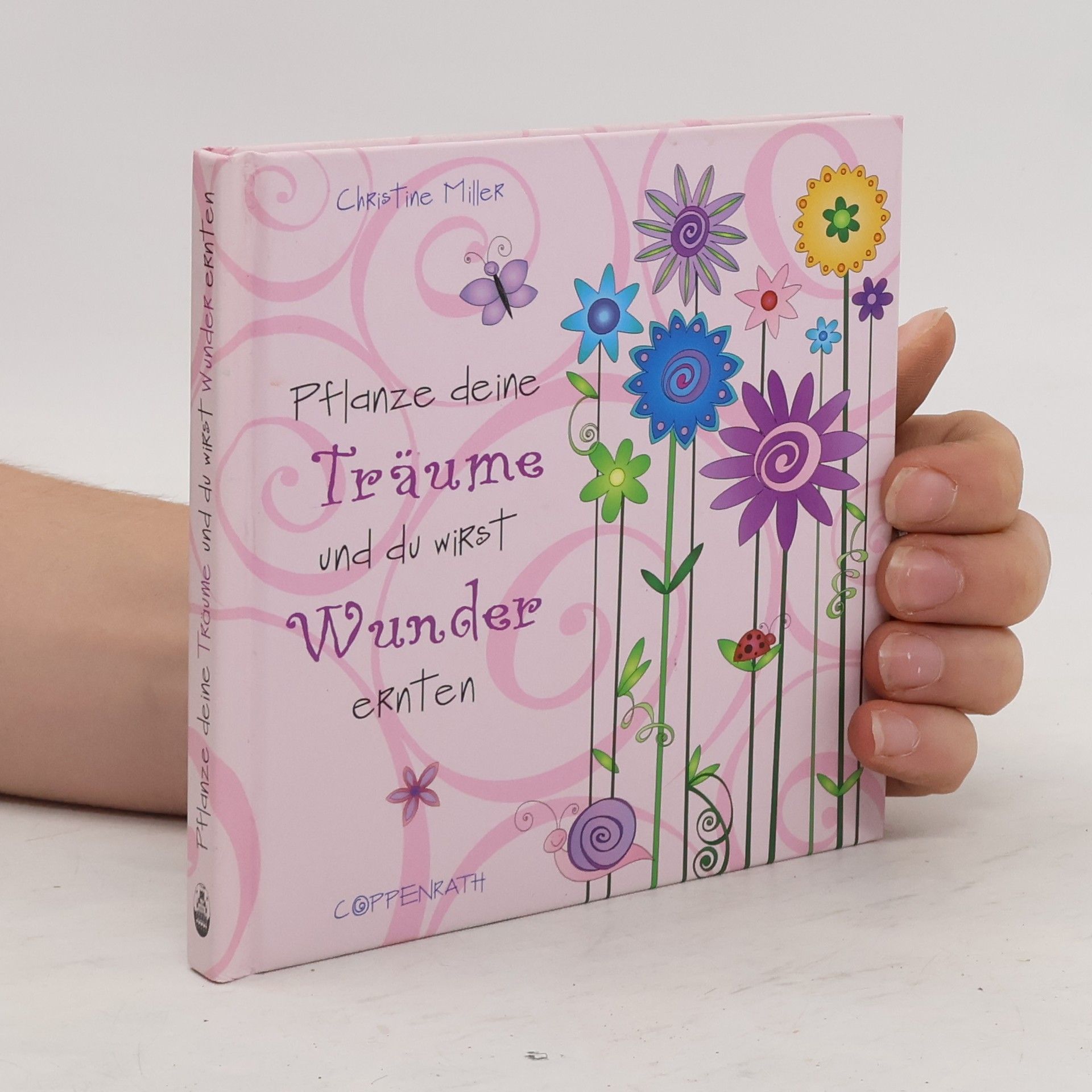The book provides a detailed history of the Spanish Military hospital in St. Augustine, Florida, tracing its evolution from inception to modern times. It highlights the hospital's operational aspects during its peak, utilizing exhibits to illustrate its significance. Richly illustrated with color photos and illustrations, it offers a visual journey through the hospital's past, showcasing its role in the community and the advancements in military medicine over the years.
Christine Miller Livres






San Francisco's Financial District
- 130pages
- 5 heures de lecture
San Francisco's financial district, often referred to as "Wall Street West," serves as a vibrant hub of commerce and culture. It hosts a variety of corporate headquarters, law firms, and financial institutions, alongside notable landmarks like the 1898 Ferry Building. The area boasts stunning waterfront views and has been a pivotal part of the city's development since its early settlement, reflecting a rich history intertwined with the growth of American business.
Exploring the intersection of anthropology and design, this volume highlights design anthropology as a distinct practice that fosters innovative knowledge creation and participatory engagement. It emphasizes the role of design anthropologists in facilitating experimentation and collaboration, involving affected communities in the design process. Through collective mapping and visualization, they reimagine existing conditions and envision alternative futures, showcasing the transformative potential of this emerging transdisciplinary field.
Monarch, Monarch
- 32pages
- 2 heures de lecture
Focusing on the Monarch butterfly's striking appearance and significance, Christine Miller delves into its captivating world. The book highlights its unique beauty, characterized by orange and black veins and distinctive white-dotted patterns. Through engaging exploration, readers are invited to discover the allure and importance of this remarkable insect.
Focusing on the historical evolution of wound treatment, Dr. Christine Miller explores methods from ancient Egypt through the Middle Ages, Renaissance, and into modern times. She analyzes written sources to illustrate how trauma care has progressed alongside scientific understanding of the human body. Miller's expertise as a historian and her experience in wound care enrich her examination of the theories and practices that have shaped medical treatment over centuries.
Weave with wire and fiber to produce metal fabric--an entirely new art material that can be used for jewelry, sculpture, basketry, and more. Use a four- or eight-harness loom to weave an entirely new art material that you may never before have considered--metal! By using a wire warp and fiber weft, intermediate- to advanced-level weavers can create a woven metal fabric that is strong, malleable, and sculptural. Expert weaver Christine K. Miller has been weaving with wire for 30 years, and her online and in-person workshops are highly sought after. She's the only weaver teaching this amazing technique. Learn about the materials and supplies needed for this metal fiber technique planning your project preparing and beaming the warp and choosing the weft Christine then takes readers step by step through a "Foundation Project," a basic woven wire fabric serving as the basis for creating their own metal fabric crafts. Readers can be inspired by Christine's work and what she has made with woven wire--baskets, jewelry, sculptures, and more--with detailed information on how she made them. They can then re-create these pieces or use them as a foundation to craft their own metal fabric creations. In addition, Christine includes a fascinating chapter on using the principles of art and design to let the reader's imagination soar when crafting with woven wire fabric.
Im Alltagstrott verlieren wir leider nur allzu oft die wirklich wichtigen Dinge des Lebens aus den Augen: Unsere eigenen Träume, Wünsche und Hoffnungen sind etwas Wundervolles und Kostbares. Ihnen sollten wir mehr Aufmerksamkeit schenken und möglichst danach streben, sie auch zu verwirklichen, damit unser Leben bunter und glücklicher wird. Wie das geht, verrät dieses fröhlich illustrierte, ermutigende Buch.
Das Gamsbuch
Für Einsteiger und Profis
Ein neues, Praxisbuch, das alle wichtigen Aspekte des Gamswildes in Bejagung und Habitat anspricht. Wer Gams näher kennen lernen möchte, findet von einer Übersicht der heutigen Gamsvorkommen bis zum „Who is Who“ in der Gamsgesellschaft alles Wissenswerte. So werden auch die verschiedenen Alters- und Sozialklassen vorgestellt: Zum Ansprechen in der Praxis und zum Verständnis ihres jeweiligen Verhaltens und ihrer Funktion im gesamten Bestand. Luca Corlatti promoviert über die Populationsdynamik und die Habitatnutzung von Gamswild im Alpenraum und ist seit 2008 am Forschungsinstitut für Wildtierkunde der Universität für Bodenkultur in Wien beschäftigt. Dr. Christine Miller ist wissenschaftliche Assistentin am Lehrbereich Wildbiologie der Universität München sowie Referentin und Mitglied der Prüfungsausschüsse für Berufsjäger in Südtirol. Beide Autoren haben mehrere Fachartikel zum Thema Gams publiziert und gehören zum Mitarbeiterstab der Zeitschrift „Die Pirsch“.
Wachtel, Wolf und Wildschwein kennt jeder, aber auch Großtrappe, Mink oder Tannenhäher? Wer die in Mitteleuropa lebenden Haar- und Federwildarten kennenlernen möchte, sollte einen Blick in die Wildtierkunde kompakt von Dr. Christine Miller werfen. Als Diplom-Biologin hat die Autorin aktuelle, wissenschaftlich fundierte Kenntnisse zusammengetragen und präsentiert diese laienverständlich und unterhaltsam. Die Einleitung behandelt Lebensraum, Nahrungswahl, Überlebensstrategien, soziale Strukturen, Partnersuche und Vermehrung, was auch Naturfreunden ohne Jagdinteresse bei der Bestimmung von Wildtieren hilft. 33 Haar- und 88 Federwildarten werden in Einzelporträts vorgestellt, ergänzt durch „internationale Verwandte“. Aussagekräftige Farbfotos erleichtern die Bestimmung, während Stichworte Unterschiede zu verwandten Arten verdeutlichen. Ständige Rubriken wie „Merkmale, Lebensraum, Ernährung, Lebensweise, Fortpflanzung und Verhalten“ bieten zusätzliche Informationen, etwa zur Bestätigung einer Wildart im Jagdrevier oder zur Geweihentwicklung der Hirscharten. Fährten und Spuren sind in den Umschlagklappen zu finden, und ein Wörterbuch listet Tiernamen in sieben Sprachen. Vom Steinbock bis zum Seehund, vom Singschwan bis zum Sperlingskauz – jeder Jäger erhält umfassende Informationen über jagdbare sowie geschützte Arten. Auch Wanderer und Tierfreunde können sich mit diesem handlichen Führer schnell informieren und ihr Wissen vertiefen
